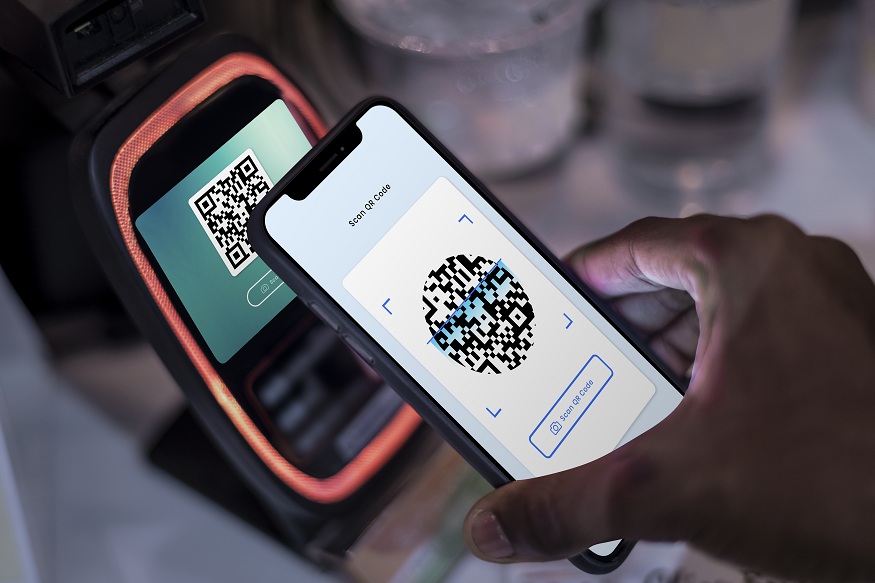Our financial practices undergo a big change through technology. It shapes to a large extent the way we thereafter decide to take loans. Among those digital financial routines is the management of daily bills, which are becoming an indispensable part of our financial planning. The fact that more people use technology for handling their money is reflective of borrowing behaviors in terms of a loan’s need and time perception. This piece of writing is an exposure to those new patterns and it also reveals how the use of digital bill systems influences the timing of credit decisions.
The Digital Shift in Bill Payments
Using digital means for handling bill payments is not only about saving time; it entails a complete change in one’s way of managing finances. People nowadays have bank mobile applications and can even set up automatic payments to get full control over their budgets. This leads to making more rational and informed financial decisions.
Through digital modes of paying bills, one receives notifications for payment deadlines. Hence, they are less likely to forget to make a payment and more if they do it is a late fee that is very minimal compared to losses that the person will suffer from worrying due to financial stress. If people are aware of what their upcoming expenses will be and how this cash flow will be affected, they can make a loan decision of whether or not to borrow and at what time.
Factors Influencing Loan Decisions
With digital bill routines, when people think of borrowing money, they have to consider the following factors:
- Enhanced Financial Visibility
- Digital platforms allow users to visualize financial commitments, giving them a very clear picture of both their monthly and annual expenses. The major benefit of such transparency is that it helps to forecast financial shortages and surpluses which is what signals to the borrowers the necessity of a loan. For example, in case of unexpected situations, if an individual sees that by the end of the month, there will be a shortage of cash, he or she may take the initiative to apply for credit.
- Budgeting and Financial Planning
- One of the most important benefits for better budget management through automated bill payments is that the exact amount which is allocated to savings, bills, and other expenses is known to the users who want to take a loan. They can determine if there is a place in the budget for loan repayment and thus become aware of whether they can handle it or not. It follows that potential borrowers who are not under pressure from ample will work out their plans meticulously lowering the likelihood of those that will take loans to become financially trapped.
- Reduction of Overdraft Usage
- In most cases, people who are frequently overdrawn in their accounts are due to unplanned expenses or sudden drops in their balances at the time of payments. One can eliminate the problem of overdrafts through digital reminders and automatic bill payments which pave the way for having the necessary resources at hand, thus diminishing the demand for the use of emergency credit, e.g., overdraft. The avoidance of emergency credit can lead the person to the planned borrowing zone where he or she is more likely to get favorable terms and conditions.
The Psychological Impact of Digital Bills
The mental aspect of mastering not only bill payments but even personal finances contributes highly to the borrower’s side of the market as well:
- Sense of Control: A systematic approach to bills and prompt payments give people control over their lives. Thus, obtaining exact financial data, they become empowered to decide upon loan-taking confidently.
- Avoidance of Decision Fatigue: The utilization of numerous digital tools that take care of routine payments lightens the burden of decision-makers. The number of minor financial decisions made is decreased, thus cognition resources become freed and individuals can invest them in making larger financial decisions such as ones on credit taking.
- Increased Financial Literacy: Immersion in digital financial instruments expands financial literacy, thus users get better if they are able to grasp aspects like interest rates, repayment schedules, and the real cost of borrowing. Having such a knowledge foundation, they are capable of making informed choices in credit, thus opting for the right loan products when the need arises.
Risks of Over-reliance on Digital Systems
Though digital bill routines help loan decisions in a good way, heavy dependence on these systems is risky. Convenient credit-taking means online might make some individuals decide to take loans without giving them a second thought. This shall mainly concern people who are fascinated with features like low work interest rates or pay-later options, which, if unintentionally, may lead to unmanageable debts of which the harm might outweigh the benefits.
Nevertheless, consumers who employ digital tools wisely are on the safe side. Regular financial check-ups and being careful with the use of automated systems assist in keeping this equilibrium.
The Synergy Effect: Digital Bills and Fintech Lending
The collaboration of digital bill payments with fintech lending platforms comprehends a significant evolution of consumer credit. To give customers personalised loan options, various fintech firms use data from users’ bill transactions. By scrutinising the changes of bill payment habits, these platforms can portray a borrower’s credit profile in a much broader way than just by credit scores which in turn, they offer loans that are most suitable for an individual’s situation.
Besides, the fintech platforms have the features most of the times that can be of instructional value such as providing information on the product of loans, various repayment methods, and debt management, thus, they facilitate the financial literacy of borrowers to a greater extent.
Implications for Future Borrowing Trends
The evolution of digital payment ecosystems will certainly lead to a refinement in borrowing approaches of individuals:
- Accelerated Decision Making: Thanks to digital tools personal finance has become much clearer which in turn decisions about taking credit will be very rapid and in harmony with financial goals.
- Customised Loan Products: One can expect loan products tailor-made to meet one’s needs because banks and other creditors will utilise big data to study consumer behaviour and make credit products more efficient.
- Shift Toward Sustainable Borrowing: The high level of transparency and awareness attained through digital routines might lead to borrowing only for real necessities thus giving priority to sustainability rather than instant gratification.
Conclusion
The implementation of digital bill routines is one of the main drivers of personal finance changes, a factor that determines the time and reasons why borrowers turn to loans. As the financial technologies keep developing, these tools put the users in a position of unprecedented insight into their financial health. By the skillful use of digital systems, people will be able to fine-tune their borrowing strategies, making them compatible with their long-term fiscal wellness.
An aware and well-informed style in digitally managing one’s bills thus may become the harbinger of a new era in personal finance where borrowers choose the most suitable credit decisions that foster their lives instead of complicating them. The next decades of the digital frontier will be characterized by the close relationship between technology and personal finance which has an enormous potential in shaping future societal borrowing trends.
In such an environment, borrowers will have the right toolkits to deal with financial challenges and at the same time, grab the opportunities with precision and confidence. Whether you are at the point of taking a new loan or looking for the easiest way to pay your bills, adopting digital solutions may be the right step towards more efficient financial management.


